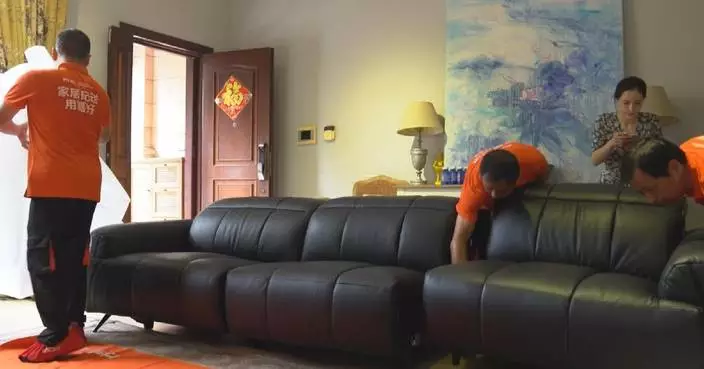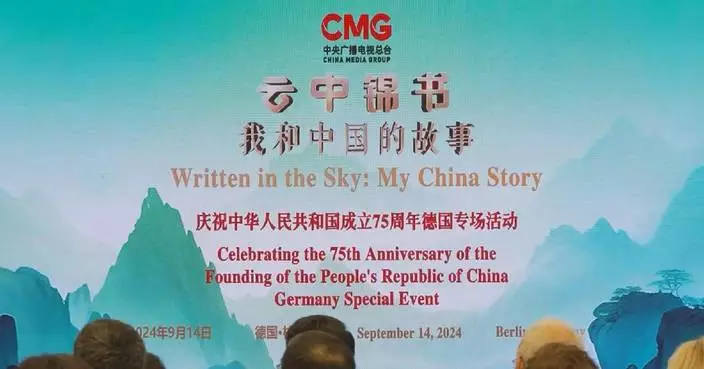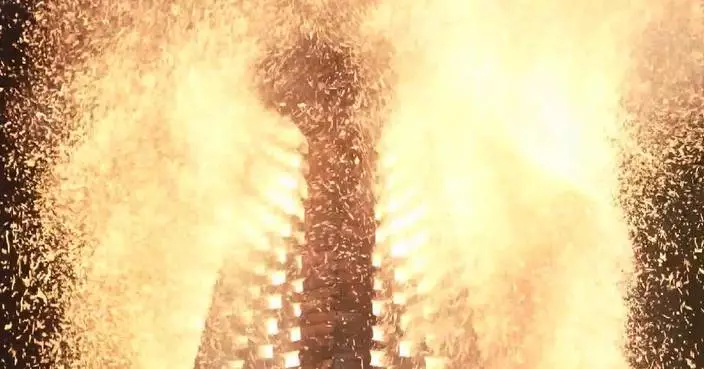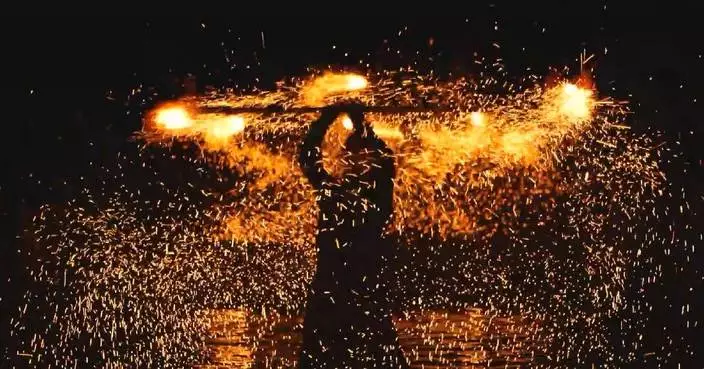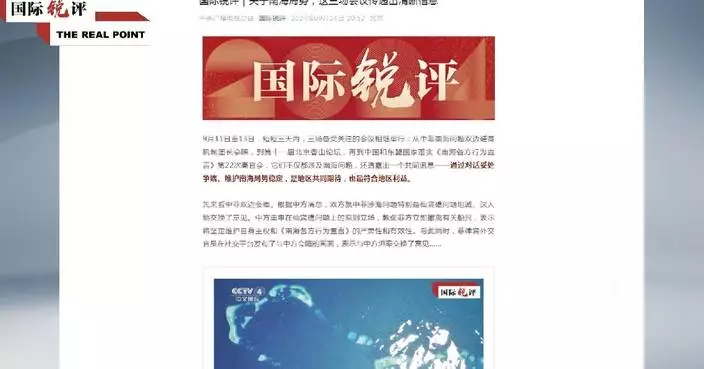Chinese President Xi Jinping on Thursday met with Rwandan President Paul Kagame, who is in Beijing for the 2024 Summit of the Forum on China-Africa Cooperation (FOCAC).
The two leaders jointly announced the elevation of bilateral relations to a comprehensive strategic partnership.
During the meeting held on Thursday evening at the Great Hall of the People, Xi pointed out that both the Communist Party of China and the Rwandan Patriotic Front adhere to the principle of serving the public and governing for the people. They have achieved outstanding results in party building and leading national development, earning broad support from their people.
China supports Rwanda in following an independent development path and is willing to deepen exchanges on party and national governance experiences, enhance political mutual trust, expand ideological consensus, and advance together on their respective paths to modernization, said the Chinese president.
Xi emphasized that the FOCAC Beijing summit presents a historic opportunity for enhancing and upgrading the China-Rwanda relationship. China is willing to work with Rwanda to implement the summit's outcomes, strengthen cooperation in areas such as infrastructure, agriculture, and satellite applications, intensify efforts in running the Confucius Institute at the University of Rwanda and the Luban Workshop, and achieve more results in high-quality Belt and Road cooperation between the two countries.
China appreciates Rwanda's positive role in maintaining peace and security in Africa, and is ready to deepen cooperation with Rwanda in peacekeeping and other fields, Xi added.
For his part, Kagame said he still has vivid memories of President Xi's historic visit to Rwanda in 2018. The people of Rwanda and China share similar ideals and beliefs; both advocate multilateralism and respect sovereign independence.
Rwanda firmly adheres to the one-China principle and supports China's national reunification. This stance is built on the foundation of friendship and mutual understanding between the two countries, said the Rwandan president.
Kagame expressed gratitude to President Xi for his crucial leadership in promoting peace and security in Africa, strengthening African unity and cooperation, and deepening friendly cooperation between Africa and China. He said Rwanda views China as a trustworthy friend and partner for the long term, and is willing to strengthen the exchange of governance experiences with China, advance practical cooperation in various fields, and jointly implement the three major global initiatives proposed by President Xi.
The two sides issued a joint statement on conjointly promoting the implementation of the three major global initiatives, namely the Global Development Initiative, the Global Security Initiative and the Global Civilization Initiative.
During the summit, which runs from Wednesday to Friday, China and Rwanda also signed several bilateral cooperation agreements in areas such as promoting the implementation of the Global Development Initiative, honey exports to China, digital and information communications, and news media.

Chinese, Rwandan presidents elevate bilateral ties
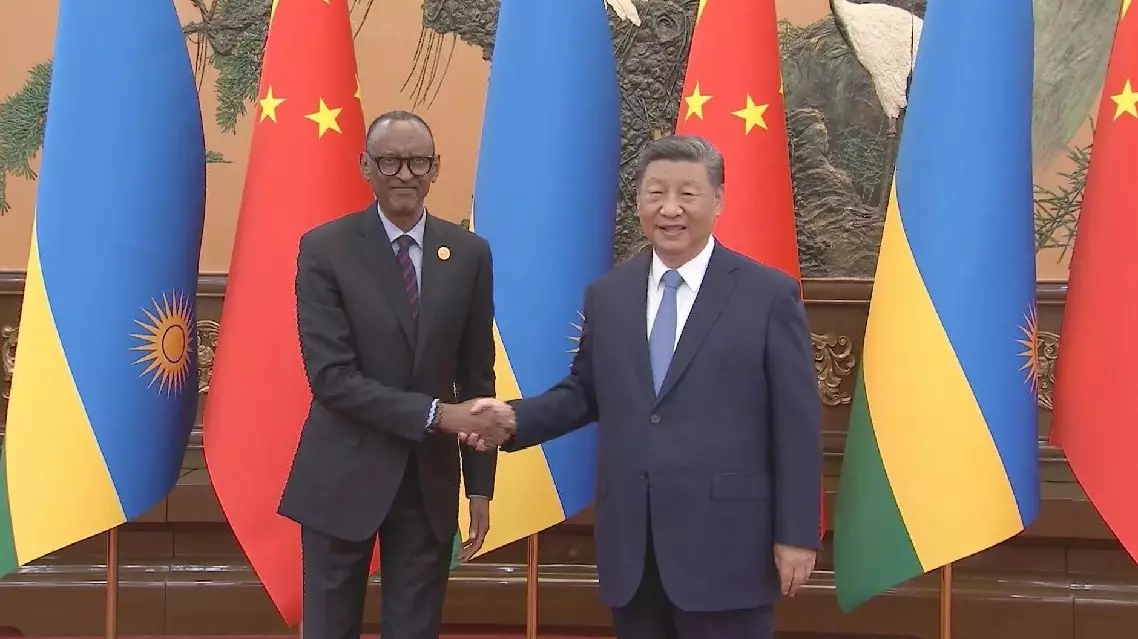
Chinese, Rwandan presidents elevate bilateral ties

Chinese, Rwandan presidents elevate bilateral ties
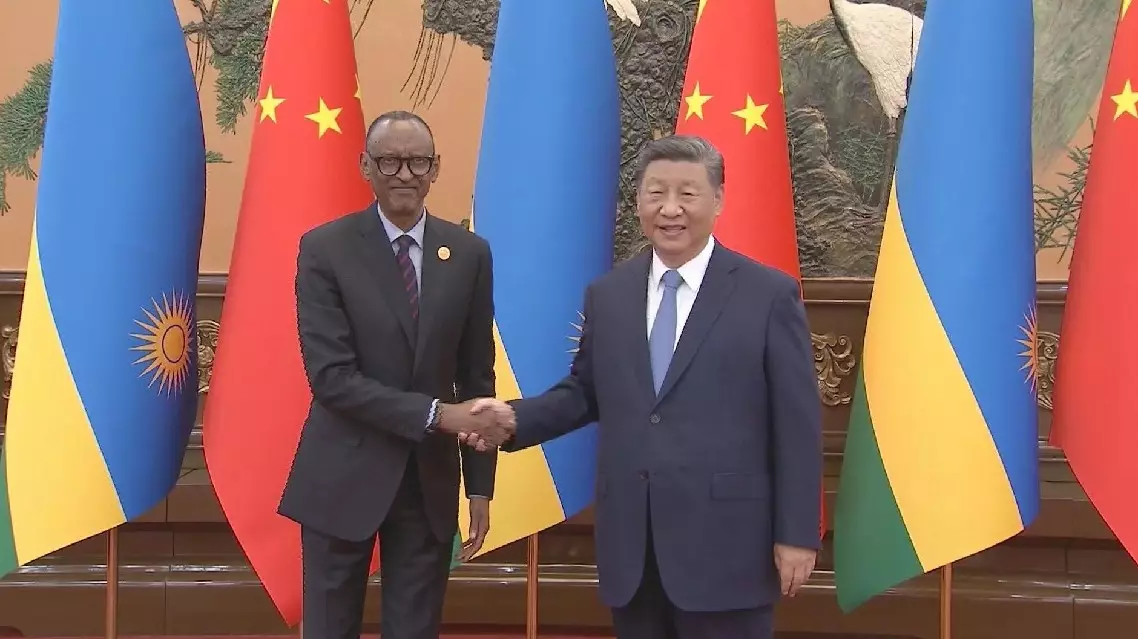
Chinese, Rwandan presidents elevate bilateral ties
The 2024 China International Fair for Trade in Services (CIFTIS) entered its fourth day on Sunday, captivating visitors with groundbreaking technologies, stunning digital art, and notable medical advancements on its first public open day.
Over the past four days, the fair has hosted nearly 200 forums and introduced more than 100 groundbreaking achievements. The public open day saw heightened interest in these technological and artistic advancements.
Highlights included a shield machine used in the world's longest underwater high-speed rail tunnel, showcasing cutting-edge construction technology, and an intelligent unmanned tower crane designed to reduce costs by more than one-third. Additionally, wall-climbing robots for elastic wave inspection were on display.
The high-speed rail exhibit drew significant attention, particularly for its autopilot system capable of precise parking and smooth vehicle control, attracting numerous domestic and international visitors eager to experience it firsthand.
"I have tried the China's high-speed railway train many times. It's comfortable, clean. You can see the scenery while you're traveling. And also today, I have the opportunity to experience the pilot job. So it's very good. I knew that the speed is 350 kilometers per hour. And the very important thing I knew today is autopilot. All the trains are autopilot," said a Danish visitor.
Another highlight was an unmanned aircraft cockpit, operated entirely via a screen with no manual controls, offering a novel low-altitude flight experience. This vertical takeoff and landing aircraft is designed for short-distance transportation, tourism, logistics, and emergency medical services.
The fair's integration of technology and art offered a visual feast, featuring exhibits such as the 'Most Beautiful Great Wall,' displayed in 4K on a large 3D screen, and 'Time Condensation Treasures,' a digital art installation inspired by the Palace Museum’s bronze-gilded water clock. These works were created by Blackbow Creative Design Institution, renowned for its visual effects work at the opening ceremony of the Beijing Winter Olympics.
"We have always aimed to tell China's story effectively through the fusion of art and technology, showcasing China's originality in digital technology to audience worldwide," said Wang Zhiou, founder of Blackbow Creative Design Institution.
The health sector also showcased notable advancements at the fair. Emergency drills conducted by Peking University People’s Hospital and the Beijing Red Cross Society’s air medical rescue team demonstrated their coordination and rapid response capabilities to representatives from the Shanghai Cooperation Organization.
"We foster collaboration in emergency medicine and promote the sharing of information. In the event of a public health crisis, we provide mutual support," said Wang Tianbing, vice president of Peking University People's Hospital and deputy director of the National Trauma Medicine Center.
Additionally, Beijing Tiantan Hospital, in collaboration with pharmaceutical research institutions, announced the establishment of a joint laboratory for amyotrophic lateral sclerosis (ALS) and neurorepair technology transfer. This lab will focus on tackling neurodegenerative diseases such as ALS, stroke, Alzheimer's, and Parkinson's.
The fair also unveiled the first 'Traditional Chinese Medicine Contract Development and Manufacturing Organization (CDMO) Common Technology Center' in Beijing, established to support pharmaceutical companies throughout the drug development and manufacturing process.
"We have developed a comprehensive, one-stop service that offers research and production technology support to our research entities," said Li Dejuan, deputy director of the Beijing Municipal Administration of Traditional Chinese Medicine.
Visitors can continue exploring the major exhibition areas at the China National Convention Center and Shougang Park, with free entry available until Monday.
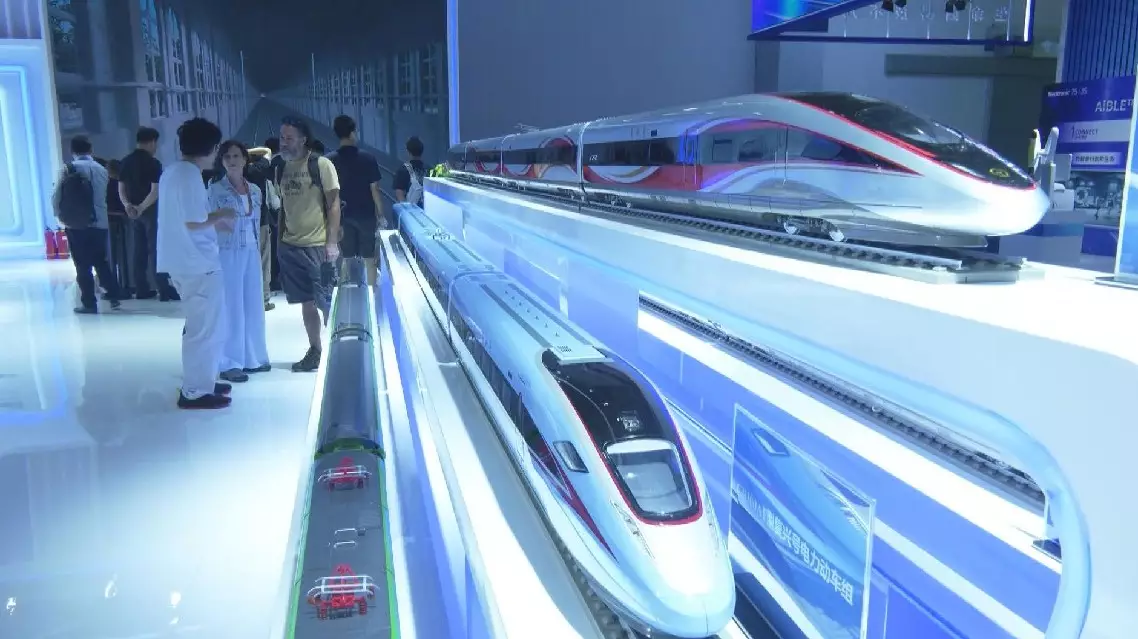
Tech, digital art, and medical advances impress public at CIFTIS







